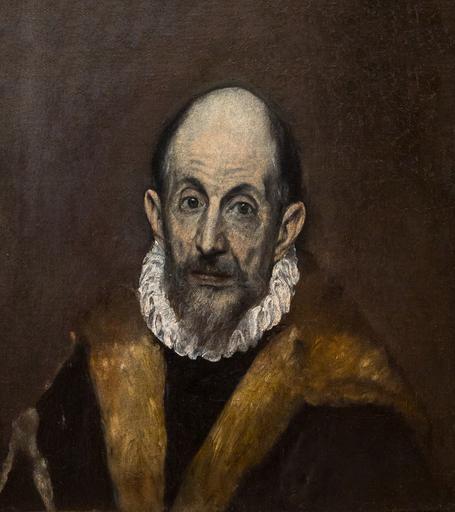MAKE A MEME
View Large Image

| View Original: | Portrait_of_a_Man.jpg (2370x2666) | |||
| Download: | Original | Medium | Small | Thumb |
| Courtesy of: | www.flickr.com | More Like This | ||
| Keywords: people El Greco (Domenikos Theotokopoulos) (Greek, Iráklion (Candia) 1540/41–1614 Toledo) ca. 1595-1600 Oil on canvas 20 3/4 x 18 3/8 in. (52.7 x 46.7 cm) El Greco’s candid portraits have been consistently admired for their naturalism and psychological insight, even when (as in the eighteenth century) his other works fell out of favor. Since about 1900 this portrait of about 1595–1600 has been alternately accepted and rejected as a searching self-portrait. No indisputable evidence of the artist’s appearance is known, although El Greco appears to have cast himself in supporting roles within a few religious pictures. Those figures bear some resemblance to the present sitter but seem more virile and have white hair. Photo taken at The Met in May 2016. El Greco (Domenikos Theotokopoulos) (Greek, Iráklion (Candia) 1540/41–1614 Toledo) ca. 1595-1600 Oil on canvas 20 3/4 x 18 3/8 in. (52.7 x 46.7 cm) El Greco’s candid portraits have been consistently admired for their naturalism and psychological insight, even when (as in the eighteenth century) his other works fell out of favor. Since about 1900 this portrait of about 1595–1600 has been alternately accepted and rejected as a searching self-portrait. No indisputable evidence of the artist’s appearance is known, although El Greco appears to have cast himself in supporting roles within a few religious pictures. Those figures bear some resemblance to the present sitter but seem more virile and have white hair. Photo taken at The Met in May 2016. | ||||